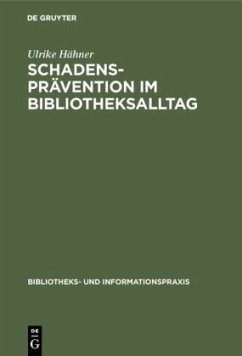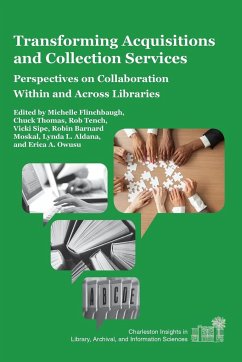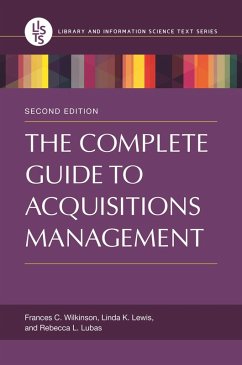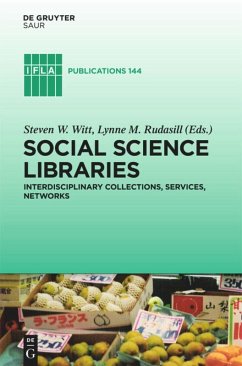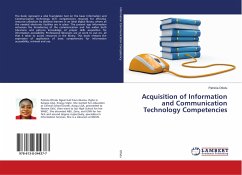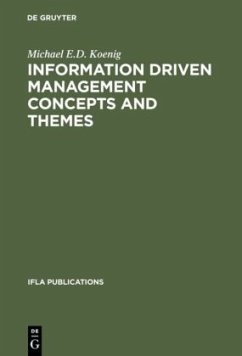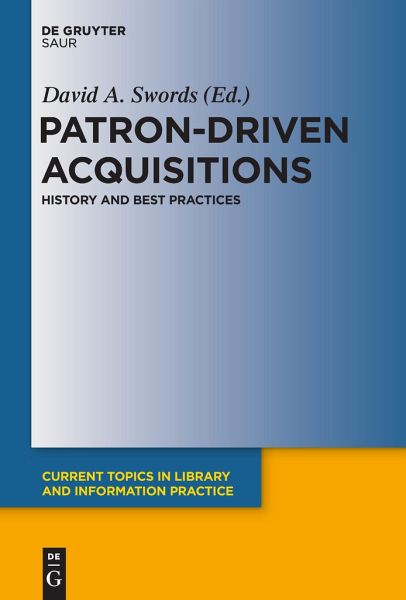
Patron-Driven Acquisitions
History and Best Practices
Herausgegeben: Swords, David A.
Versandkostenfrei!
Versandfertig in 6-10 Tagen
91,99 €
inkl. MwSt.

PAYBACK Punkte
46 °P sammeln!
About 40 percent of the books academic libraries purchase in traditional ways never circulate and another 40 percent circulate fewer than three times. By contrast, patron-driven acquisition allows a library to borrow or buy books only when a patron needs them. In a typical workflow, the library imports bibliographic records into its catalogue at no cost. When a patron finds a patron-driven record in the course of research, a short-term loan can allow him to borrow the book, and the transaction charge to the library will be a small percentage of the list price. Typically, a library will automat...
About 40 percent of the books academic libraries purchase in traditional ways never circulate and another 40 percent circulate fewer than three times. By contrast, patron-driven acquisition allows a library to borrow or buy books only when a patron needs them. In a typical workflow, the library imports bibliographic records into its catalogue at no cost. When a patron finds a patron-driven record in the course of research, a short-term loan can allow him to borrow the book, and the transaction charge to the library will be a small percentage of the list price. Typically, a library will automatically buy a book on a third or fourth use. The contributions in this volume, written by experts, describe the genesis and brief history of patron-driven acquisitions, its current status, and its promise.



